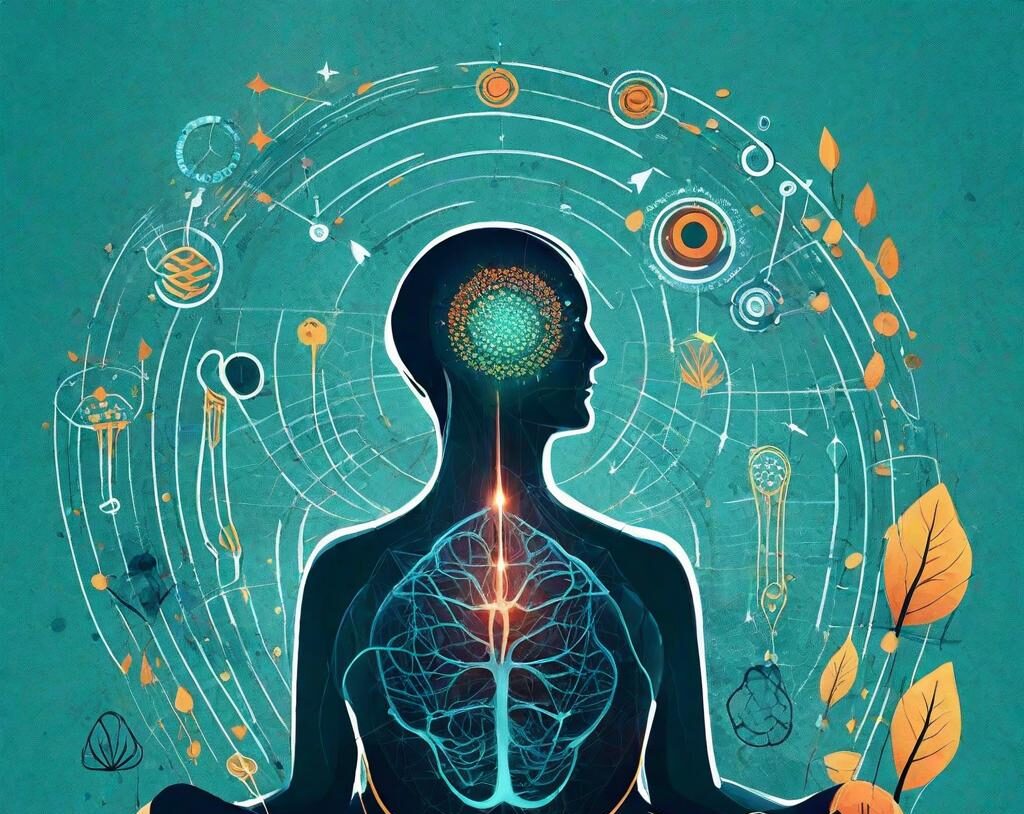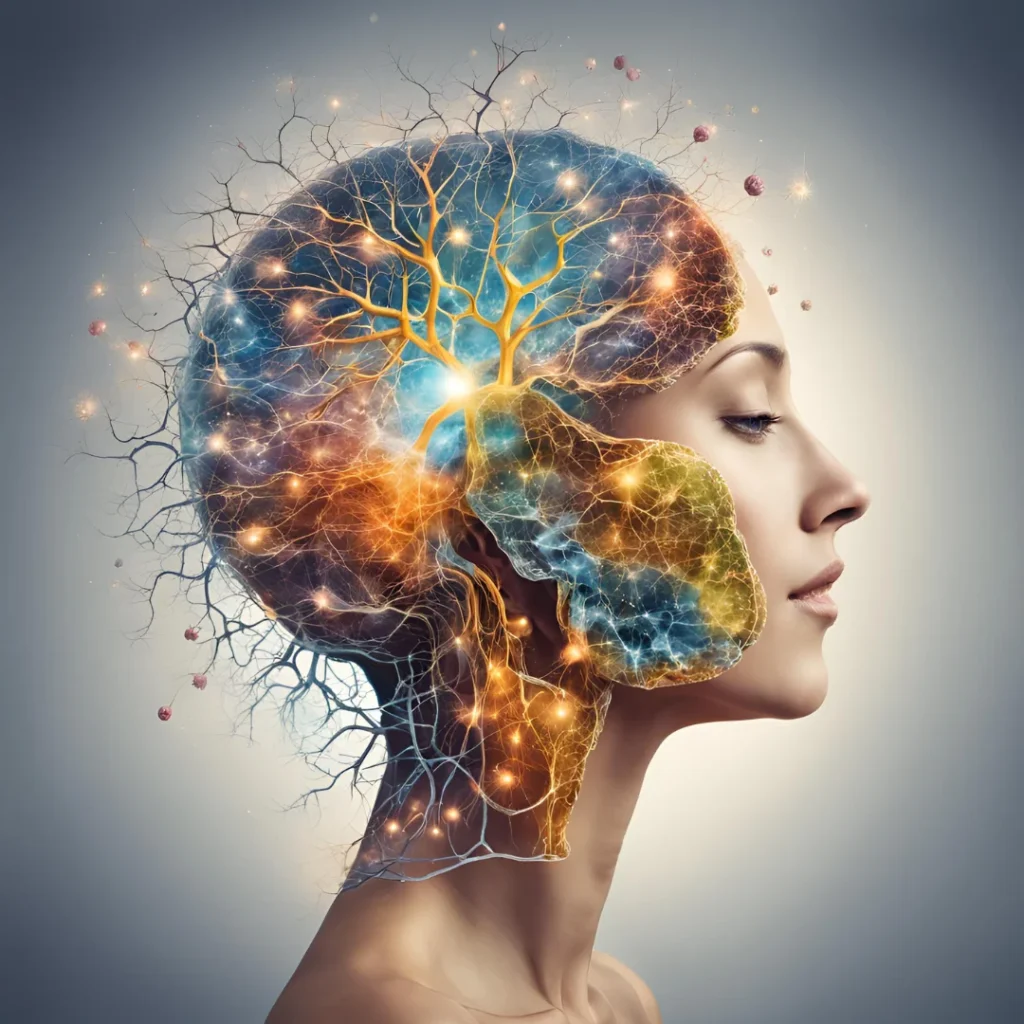
Introduction:
In today’s fast-paced world, finding harmony between our mental and physical well-being is crucial for leading a fulfilling life. The emerging field of mind-body connection technologies offers innovative solutions to bridge this gap, empowering individuals to regulate emotions, manage stress, and enhance overall well-being. In this article, we delve into the realm of neurofeedback and biofeedback, exploring how these technologies are revolutionizing self-care and mental health practices.
Understanding Neurofeedback and Biofeedback:
Neurofeedback and biofeedback are non-invasive techniques that enable individuals to gain insights into their physiological responses and brain activities.
What is Neurofeedback?
Neurofeedback, also known as EEG biofeedback, utilizes real-time monitoring of brainwave patterns to provide feedback to individuals about their brain activity. By training the brain to regulate its electrical activity, neurofeedback aims to improve cognitive function, emotional stability, and overall mental health.
What is Biofeedback?
Biofeedback involves monitoring physiological signals such as heart rate, skin conductivity, and muscle tension to help individuals learn how to control their bodily responses consciously. By providing real-time feedback, biofeedback enables individuals to modify their physiological reactions, leading to reduced stress and improved well-being.
Exploring the Mind-Body Connection
The mind-body connection refers to the intricate relationship between our thoughts, emotions, and physical health. Emerging technologies play a pivotal role in enhancing this connection by providing individuals with tools to better understand and influence their internal states.

Benefits of Mind-Body Connection Technologies
Mind-body connection technologies offer a myriad of benefits, including:
Regulation of Emotions:
By providing individuals with insights into their emotional states and physiological responses, neurofeedback and biofeedback empower them to regulate their emotions more effectively.
Stress Management:
Through targeted interventions and relaxation techniques, these technologies help individuals mitigate stress and achieve a state of calmness and balance.
Overall Well-being Improvement:
By fostering self-awareness and self-regulation, mind-body connection technologies contribute to overall well-being enhancement, promoting resilience and adaptive coping strategies.
Neurofeedback:
How It Works:
Neurofeedback operates on the principle of operant conditioning, wherein individuals are rewarded for producing desirable brainwave patterns. During a neurofeedback session, sensors placed on the scalp measure brainwave activity, which is then translated into visual or auditory feedback.
Biofeedback:
Understanding Its Functionality:
Biofeedback utilizes sensors to monitor physiological signals, such as heart rate variability and skin conductance. Through visual or auditory cues, individuals learn to modulate their physiological responses, promoting relaxation and stress reduction.
Emerging Trends in Mind-Body Connection Technologies:
Recent advancements in technology have led to the development of portable and accessible mind-body connection devices, allowing individuals to incorporate these practices into their daily lives seamlessly. From smartphone apps to wearable sensors, the landscape of mind-body connection technologies is rapidly evolving, promising greater accessibility and convenience.
Real-Life Applications and Success Stories:
Numerous studies have highlighted the efficacy of neurofeedback and biofeedback in various clinical and non-clinical settings. From athletes seeking performance enhancement to individuals managing anxiety disorders, mind-body connection technologies have demonstrated promising results in improving mental health and well-being.
Integrating Mind-Body Connection Technologies into Daily Life:
Incorporating mind-body connection technologies into daily routines can be a transformative experience. By dedicating time for self-care practices and utilizing available resources, individuals can cultivate resilience and enhance their overall quality of life.
Overcoming Challenges and Limitations:
While mind-body connection technologies offer immense potential, they are not without challenges. Issues such as affordability, accessibility, and technical complexity can hinder widespread adoption. Moreover, ethical considerations regarding data privacy and informed consent require careful attention to ensure the responsible use of these technologies.
The Future of Mind-Body Connection Technologies:
Looking ahead, the future of mind-body connection technologies holds promise for continued innovation and growth. As research advances and technology becomes more sophisticated, we can expect to see further integration of these practices into mainstream healthcare and wellness initiatives, ultimately revolutionizing how we approach mental health and well-being.
Conclusion:
In conclusion, mind-body connection technologies represent a paradigm shift in how we perceive and cultivate our mental and physical well-being. By harnessing the power of neurofeedback and biofeedback, individuals can take proactive steps towards achieving emotional balance, stress resilience, and overall vitality. As these technologies continue to evolve, they hold the potential to empower individuals in their journey towards holistic health and self-discovery.
FAQs (Frequently Asked Questions)
Neurofeedback focuses on monitoring brainwave activity, while biofeedback involves tracking physiological signals such as heart rate and muscle tension.
While generally safe, it’s essential to consult with a healthcare professional before incorporating these technologies, especially for individuals with pre-existing medical conditions.
Results may vary depending on individual circumstances, but many people report experiencing benefits after several sessions of training.
While beneficial, these technologies are often used as complementary approaches alongside traditional therapies and interventions.
Side effects are rare, but individuals may experience mild discomfort or fatigue during or after sessions. It’s essential to communicate any concerns with the practitioner overseeing the training.


Thanks for the great advice!